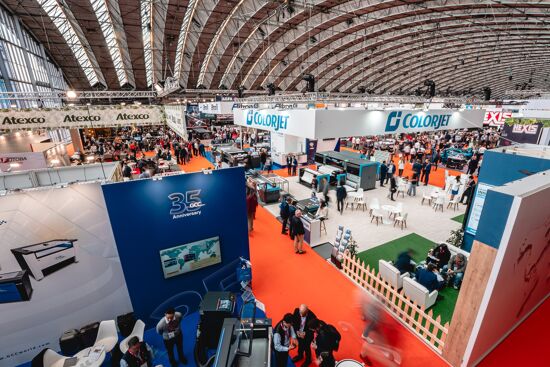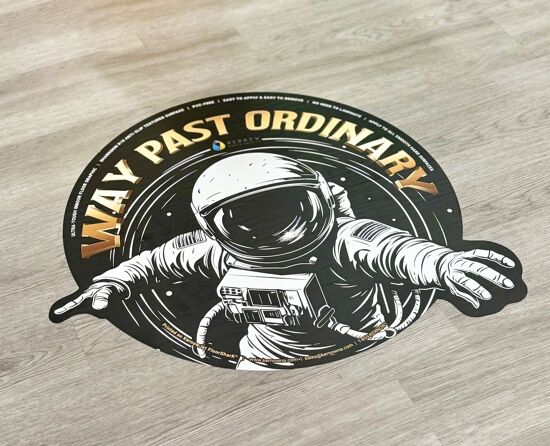Global 3D print market to grow at 14% CAGR until 2027

The global 3D printing industry is set to grow at a compound annual growth rate (CAGR) of 14% in the next six years, according to a new report by procurement intelligence and supplier compliance solutions provider Beroe.
The study suggested that the worldwide market was valued at $11.58bn (£8.34bn/€9.59bn) in 2019, but increasing demand for these services will drive growth between 2020 and 2027.
Some 1.42 million units of 3D printing machines were shipped in 2018, but with the uptake of this from of technology continuing to rise, this is expected to reach 8.04 million by 2027 as more companies adopt kit.
Stereolithography technology is cited as an area that could see significant growth, with kit here accounting for 11% of the 3D printing system market in 2019, while in terms of the materials printers are using, polymer came out on top ahead of metal and ceramics.
Looking at geographical performance, Beroe found demand from the automotive sector has been driving growth in North America, with this set to be the case over the next six years as a result of greater demand from the heavy vehicles market.
North America also has the largest market share – over 35% in 2019 – due to what Beroe described as an “explosion” in the adoption of 3D printers for 3D designing, manufacturing, and modelling in different industries.
In Europe, 3D printing technology is being used for the production of industrial products, education and research, healthcare, defence, aerospace and the automotive sectors. The highest sector of demand in Europe comes from the small and medium industries that need reliable and speedy prototypes.
Europe’s 3D printing market was valued at $4.61bn in 2019, is expected to touch $10.12bn by 2025, representing a CAGR of 14%.
Turning attention to Asia-Pacific and a rise in demand for customised products has, and will continue, to spur on growth in the 3D printing industry, with Beroe forecasting a CAGR of 18% until 2027.
This is particularly apparent in China, where an estimated 48% of the current 3D printing revenues in the country come from 3D printers.
Beroe also referenced the impact of the Covid-19 pandemic, saying this has driven demand in terms of medical and healthcare products for use in countries around the world as the battle continues against the virus.
“3D printing is a quick solution for faster production of clinical products at a high volume,” Beroe said. “Equipment spare parts can also be easily manufactured with this technology.”
Topics
Interested in joining our community?
Enquire today about joining your local FESPA Association or FESPA Direct
Recent news

European Sign Expo to highlight developments shaping the future of signage and visual communications
European Sign Expo 2025 (6 – 9 May, Messe Berlin, Germany) is weeks away and a host of leading exhibitors are all set to welcome Visionaries from across the signage and visual communications industries to their stands.

Adding sparkle to personalised print with special effects
With demand for personalisation on the rise, Rob Fletcher looks at how offering customers the option to add special effects to their printed work can help you win new business and expand into new markets.

Kernow Coatings to showcase innovative solutions at FESPA 2025
Kernow Coatings will showcase innovative, sustainable wide-format printing solutions at FESPA 2025. Highlights include a collaboration with Ricoh for a space-themed booth, featuring KernowJet MetaliK and Interiors Structured Silver. They'll also present recyclable wallcoverings and PVC-free media, emphasizing high-performance, eco-friendly options.

Understanding the differences and similarities between monitor and RBG Device ICC Profiles
Paul Sherfield explores the the intricacies of RGB monitor profiles and RGB device profiles, uncovering the challenges and considerations that we can face in the colour management field face daily.